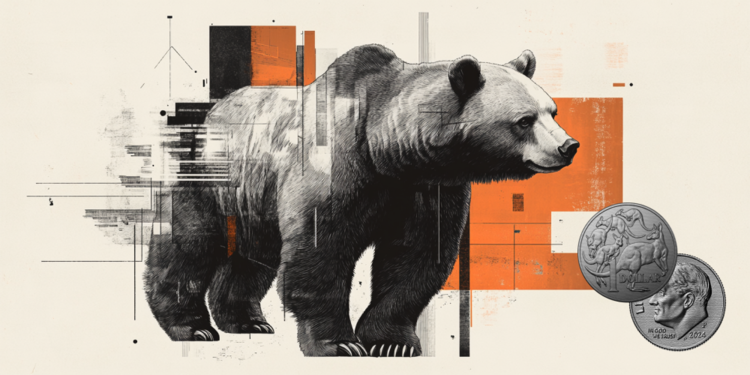At a time when the number of views and likes guides people’s popularity, the obsession with the perfect image can hinder the treatment of diseases that are no longer considered rare, such as bulimia, anorexia nervosa and binge eating.
In this week’s episode, the CNN Vital Signswith Roberto Kalilwill delve into the issue of eating disorders.
According to the definition of doctor Claudia Cozer Kalil, coordinator of the Eating Disorder Department at Abeso (Brazilian Association for the Study of Obesity and Metabolic Syndrome), “eating disorders are pathologies classified as psychiatric illnesses where the person has a very bad and suffering relationship with the food”.
The coordinator of the Eating Disorders Program (Ambulim), at the Institute of Psychiatry of the Hospital das Clínicas of the Faculty of Medicine of USP, Táki Cordásexplains that the three main disorders are bulimia, anorexia nervosa and binge eating.

According to him, all disorders together exceed the incidence of pathologies such as depression, for example.
Today, anorexia nervosa, more prevalent in women, affects 1% of the population, bulimia, also with a higher incidence in females, 2.5%. Binge eating affects men and women equally at a rate of 3.5% of Brazilians.
“Making a very strict dietary restriction triggers any of these. Being thin is synonymous with being successful, with being beautiful, so we have a society that massacres in search of an ideal model of beauty, when the ideal does not exist”, says Cordás.
Journalist and writer Daiana Garbin participates in this edition of CNN Vital Signsand says that the beauty standards established by society were the triggers for her eating disorders.
“A magazine from when I was a teenager said that the ideal jeans were size 34, 36, or, at most, 38. The first pair of jeans that fit me when I was 12 years old were 42, so I realized there, in my teenager mind at the time, that my body was very wrong and that I needed to lose weight anyway, so that boys would like me, so that I would be accepted by my friends at school”, he remembers.

Daiana overcame the disease and today has a site and a YouTube channel, which help people facing the same problems.
For Sophie Deram, nutritionist and coordinator of the Ambulim Genetics Project, the social network has brought about an amplification of this discomfort with food, but also with body dissatisfaction.
“Social networks work with images, so people’s body dissatisfaction increases a lot, not just women, and we see that this can be a trigger to look for a diet and to shape the body as it is being sold”, says the nutritionist.
O CNN Vital Signs, with Roberto Kalil, will air on Saturday, October 21, September, at 5:15 pm, on CNN Brasil.
*Published by Renata Souza, from CNN
Source: CNN Brasil
I am an experienced journalist and writer with a career in the news industry. My focus is on covering Top News stories for World Stock Market, where I provide comprehensive analysis and commentary on markets around the world. I have expertise in writing both long-form articles and shorter pieces that deliver timely, relevant updates to readers.







